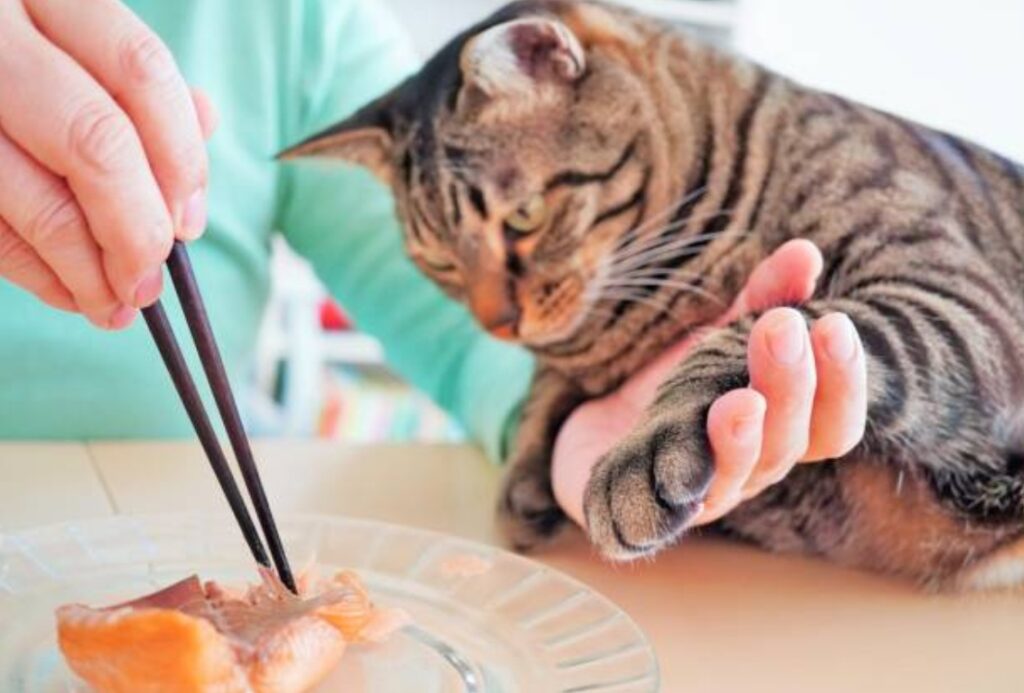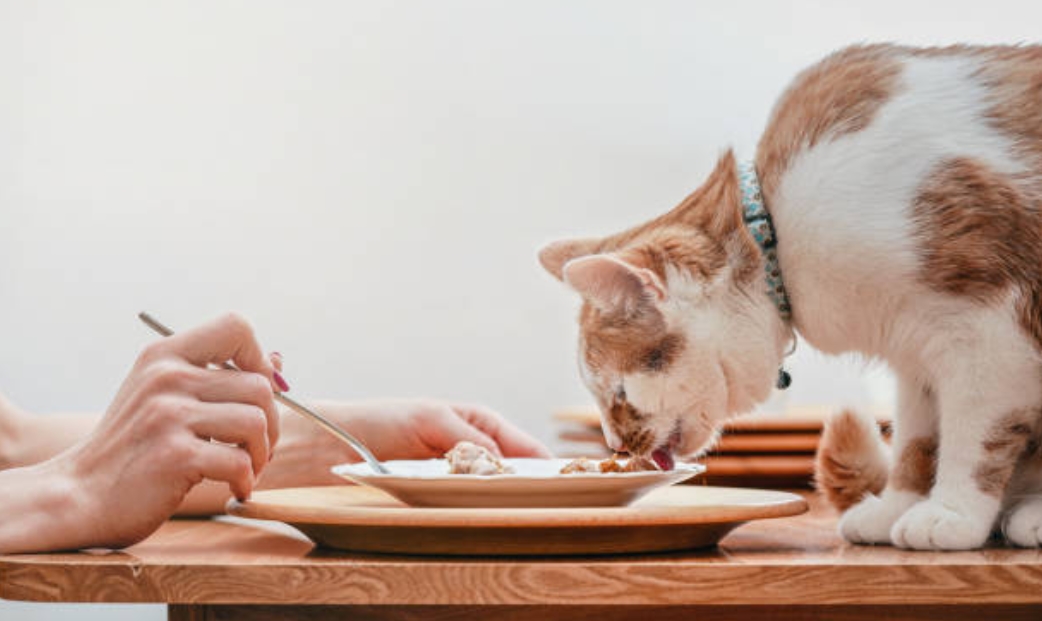Have you ever wondered if your furry friend can enjoy some of the foods you eat? As a cat owner myself, I understand the curiosity and concern about what human foods are safe for cats. In this blog post, I will share my personal experiences and knowledge to guide you on the human foods cats can eat safely. By being aware of these options, you can provide your feline companion with a diverse and healthy diet.
Understanding a Cat’s Dietary Needs
The Unique Nutritional Requirements of Cats
Cats have specific dietary needs that differ from ours. While they are obligate carnivores, meaning they primarily require meat-based diets, a balanced approach that includes both commercial cat food and certain human foods can be beneficial. For example, incorporating lean proteins, such as cooked chicken, into their diet can provide the necessary amino acids. My cat, Whiskers, loves having small portions of cooked chicken as an occasional treat.
The Top 5 Benefits of Cat Neutering: A Healthier, Happier Feline
Human Foods Cats Can Safely Consume
A. Proteins and Meat
Cooked Chicken: A Lean Source of Protein
Cooked chicken is a great option for cats. It is low in fat and provides them with essential proteins. Whenever I prepare chicken for myself, I make sure to set aside a small portion for Whiskers. After cooking it thoroughly without any seasoning or spices, I shred it into small, bite-sized pieces. Whiskers happily devour it and it serves as a tasty protein boost for him.
B. Fruits and Vegetables
Apples: A Crunchy and Fiber-rich Treat
Surprisingly, some cats enjoy the occasional apple slice! Apples are a safe choice for cats as long as the seeds and core are removed, as these can be harmful. I remember one time when I was snacking on an apple, and Whiskers curiously approached me. I offered him a small piece, and to my surprise, he nibbled on it with great delight. Just make sure to cut the apple into small, manageable pieces to prevent choking.
C. Dairy Products
Plain Yogurt: Probiotic Benefits for Cats
While not all cats can tolerate dairy, some can enjoy small amounts of plain yogurt. Yogurt contains beneficial probiotics that can promote a healthy gut. Whiskers, however, is lactose intolerant, so I avoid giving him dairy products altogether. It’s important to observe your cat’s reaction after giving them a small taste of yogurt and consult with your veterinarian if you’re unsure.
D. Grains and Legumes
Cooked Rice: Digestible Carbohydrate Option
If you’re looking to add some carbohydrates to your cat’s diet, cooked rice can be a safe choice. It’s easily digestible and can help with any digestive issues your cat may be experiencing. Whenever Whiskers has an upset stomach, I boil some plain rice and mix it into his meals. It helps to soothe his tummy and provide him with some energy.
Train Your Cat in 5 Simple Steps: A Beginner’s Guide

Foods to Avoid or Limit for Cats
Chocolate: Toxicity to Cats
One food that should be strictly avoided is chocolate. Chocolate contains theobromine, a compound that is toxic to cats. Even a small amount can lead to symptoms like vomiting, diarrhea, increased heart rate, and, in severe cases, it can be fatal. Last Halloween, I made sure to keep all the chocolate treats out of Whiskers’ reach, as I didn’t want to take any chances.
Onions and Garlic: Harmful Effects on Feline Health
Onions and garlic, whether raw, cooked, or powdered, can be harmful to cats. These ingredients contain compounds that can damage a cat’s red blood cells, leading to a condition called Heinz’s body anemia. I’ve always been cautious about ensuring that any food I prepare or offer to Whiskers is free from onions and garlic to keep him safe and healthy.
Caffeine: Not Suitable for Cats
While you might rely on your daily cup of coffee or tea for a pick-me-up, it’s important to keep caffeine away from your feline friend. Cats are more sensitive to caffeine than humans, and ingestion can lead to symptoms like restlessness, rapid breathing, increased heart rate, and even tremors. I never leave any caffeinated beverages unattended around Whiskers to prevent any accidents.
Introducing Human Foods to Cats
Common Cat Diseases and Symptoms
Gradual Transition and Monitoring
When introducing new human foods to your cat’s diet, it’s essential to do so gradually. Start by offering small portions and observe how your cat reacts to them. Monitor for any signs of allergies, digestive issues, or adverse reactions. I remember when I introduced blueberries to Whiskers. I gave him a couple of berries as a treat, and fortunately, he loved them without any negative effects. It’s always a good idea to consult with your veterinarian before making any significant dietary changes.
Consulting with a Veterinarian
While this blog post provides general guidelines, it’s crucial to consult with your veterinarian before adding any new foods to your cat’s diet. They can offer personalized advice based on your cat’s specific needs, health conditions, and dietary restrictions. Your vet will be able to guide portion sizes, frequency, and any necessary modifications to ensure your cat’s well-being.

Frequently Asked Questions (FAQs)
The Best 5 Cat Breeds For Home
Can cats eat bananas?Yes, cats can eat bananas in small quantities. However, it’s important to remember that bananas are high in sugar, so they should only be given as an occasional treat. Slice a small piece and see if your cat enjoys it. Just remember to remove the peel and offer it in moderation.
Are tomatoes safe for cats?While ripe tomatoes are generally safe for cats, it’s best to feed them in moderation. Tomato leaves and stems contain a substance called solanine, which can be toxic to cats. Remove all green parts and seeds before offering small, ripe tomato pieces to your cat.
Can cats eat peanut butter?While some cats enjoy the taste of peanut butter, it should be given sparingly. Peanut butter contains high levels of fat and salt, which can be problematic for cats. Additionally, some brands of peanut butter may contain xylitol, an artificial sweetener that is toxic to cats. Check the ingredients before sharing a tiny amount as an occasional treat.
What about avocado?Avocado is not recommended for cats. The fruit, pit, and even the plant contain a substance called persin, which can be toxic to cats and cause gastrointestinal upset. It’s safer to avoid giving avocados to your feline friend.
Is it okay to give cats small amounts of cheese?Small amounts of cheese can be given as an occasional treat, but it’s important to consider your cat’s lactose tolerance. Some cats are lactose intolerant and may experience digestive issues if they consume dairy products. If you choose to offer cheese, opt for low-lactose options like cottage cheese and observe your cat’s response. Human foods cats can eat, most relevant content around the net pets.webmd.com, pawlicy.com
Conclusion of Human Foods Cats Can Eat
Ensuring a Safe and Healthy Diet for Your Feline Friend
Incorporating safe human foods into your cat’s diet can provide variety and nutritional benefits. However, it’s crucial to be cautious and informed about what foods are suitable for your cat. Always prioritize their specific dietary needs and consult with a veterinarian if you have any concerns or questions.
By offering small portions of cooked chicken, apples, plain yogurt, and cooked rice, among other safe options, you can enhance your cat’s diet and provide them with occasional tasty treats. Remember, a balanced and well-regulated approach is key to keeping your cat healthy and happy for years to come.
Cute Cat Breeds: 5 Things you Need to Know About
Your thoughts and experiences matter to us! We would love to hear your insights on feeding human foods to cats. Have you tried introducing any of the mentioned foods to your feline friend? What were their reactions? Do you have any additional tips or recommendations to share? Join the conversation by leaving a comment below and let’s create a vibrant community where we can learn from one another. Your input will not only enrich our blog post but also help fellow cat owners make informed decisions about their furry companions’ diets. We can’t wait to read your comments!
